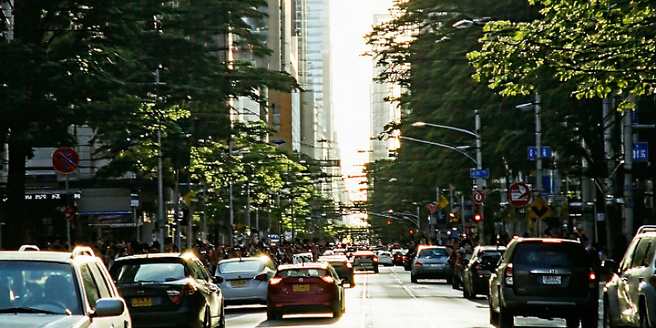
The Science Behind Urban Heat Islands
Urban heat islands (UHIs) are areas in urban regions that experience significantly higher temperatures than their rural surroundings. This phenomenon occurs due to the modification of land surfaces and the construction of asphalt, concrete, and buildings that absorb and retain heat. The reduction in vegetation and increase in human activities further exacerbate the effect, as natural cooling processes are diminished. Scientists have identified albedo, or the reflective quality of surfaces, as a key factor influencing UHIs. Darker surfaces absorb more heat, contributing to the rise in ambient temperatures. Understanding the science behind UHIs is essential in developing solutions to mitigate their impact, as they contribute to increased energy consumption, elevated emissions of air pollutants, and compromised public health.
Impact of Urban Heat Islands on Coastal Ecosystems
The rise in temperatures associated with urban heat islands significantly impacts coastal ecosystems. These heightened temperatures can lead to changes in local climate conditions, altering the delicate balance of coastal habitats. Marine life, especially species sensitive to temperature fluctuations, can experience stress, migration, or even mortality. Furthermore, the increased heat exacerbates sea level rise, threatening coastal infrastructure and natural defenses. Vegetation along coastal areas may also suffer, leading to reduced biodiversity and ecosystem services. Moreover, increased water temperatures can spur harmful algal blooms, impacting water quality and marine biodiversity. Understanding the effects of UHIs on coastal ecosystems emphasizes the urgent need for holistic urban planning to protect these vital environments.
Urban Planning Strategies to Mitigate Heat Islands
To combat urban heat islands, strategic urban planning is crucial. Integrating more green spaces, including parks and green roofs, can help absorb heat and improve air quality. Permeable pavements allow water to percolate through, reducing surface temperatures. Urban planners are increasingly using reflective materials in construction to enhance albedo and decrease heat absorption. Zoning laws can mandate the preservation of green areas and vegetation increase to counteract the heat island effect. Additionally, urban layouts that encourage wind flow can disperse heat efficiently. Utilizing smart city technology, like sensors to monitor temperature hotspots, aids in data-driven decision-making for heat mitigation. By implementing these strategies, cities can create cooler, more sustainable urban environments that benefit residents and ecosystems alike.
Role of Green Spaces in Cooling Coastal Cities
Green spaces act as natural air conditioners in coastal cities, mitigating the effects of urban heat islands. Parks, gardens, and green roofs provide shade and release moisture through evapotranspiration, reducing local air temperatures. These spaces also absorb carbon dioxide and pollutants, enhancing air quality. The cooling effect of vegetation can lower energy demand for air conditioning, leading to reduced greenhouse gas emissions. Coastal cities with ample green spaces tend to experience cooler microclimates, contributing to the well-being of residents and ecosystems. Urban planning that integrates green areas not only counteracts the heat island effect but also supports biodiversity and offers recreational spaces for communities. Expanding urban greenery is a pivotal step towards sustainable, temperature-resilient coastal environments.
Technological Innovations to Combat Urban Heat
Technological advancements play a critical role in mitigating urban heat islands. Innovations such as cool roofing materials reflect more sunlight, significantly reducing roof temperatures. Development of smart asphalt that reflects, rather than absorbs heat, helps to lower city temperatures. Sensor technology is being employed to monitor heat data in real-time, informing urban planners and policymakers. Additionally, vertical gardens and living walls provide natural cooling, absorbing heat and pollutants. The integration of renewable energy sources, such as solar panels, can offset the need for conventional cooling solutions, reducing overall emissions. As cities become more tech-savvy, the use of data analytics to identify and counteract heat hotspots marks a promising frontier in the battle against urban heat islands, leading to more sustainable city living.
Community Involvement and Policy Initiatives
Community involvement is paramount in addressing the urban heat island effect. Grassroots movements advocating for increased green spaces and sustainable practices raise awareness and drive change at the local level. Public education campaigns foster environmental stewardship, encouraging citizens to adopt practices that reduce heat, such as planting trees and conserving energy. Policy initiatives also play a critical role, as local governments can implement regulations promoting green building standards and zoning for vegetation conservation. Funding incentives for retrofitting buildings with cool roofs or permeable pavements are effective strategies. Collaboration between stakeholders, including urban planners, environmentalists, and community members, ensures that policy frameworks are community-centric and effective in mitigating the UHI effects. Engagement and cooperative approaches are vital for creating resilient urban environments.
